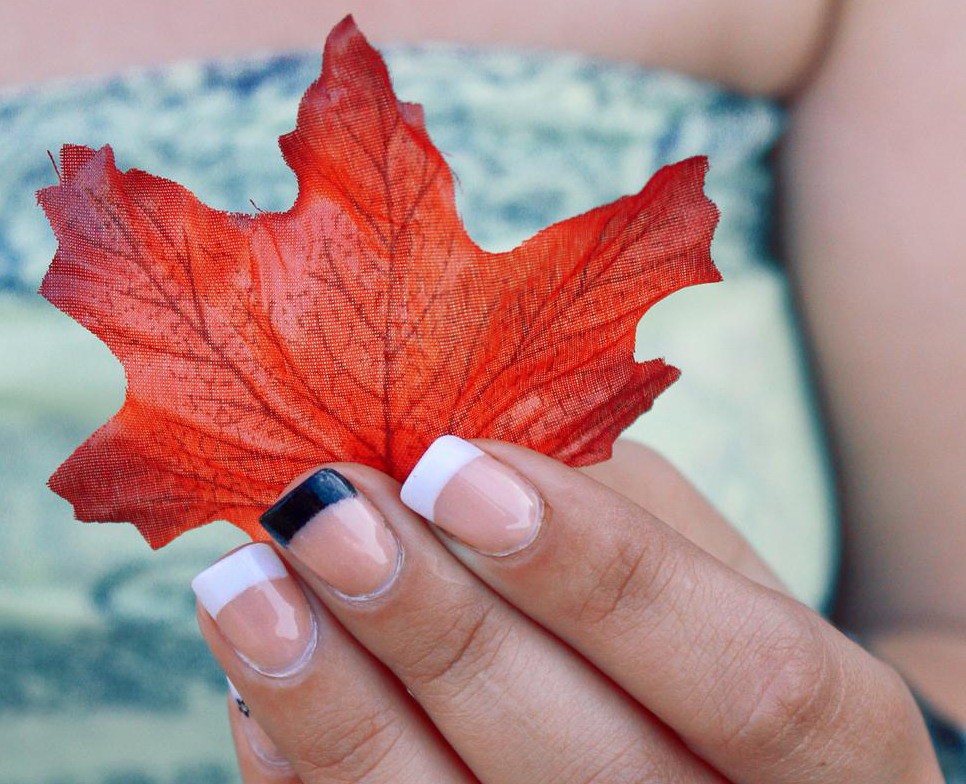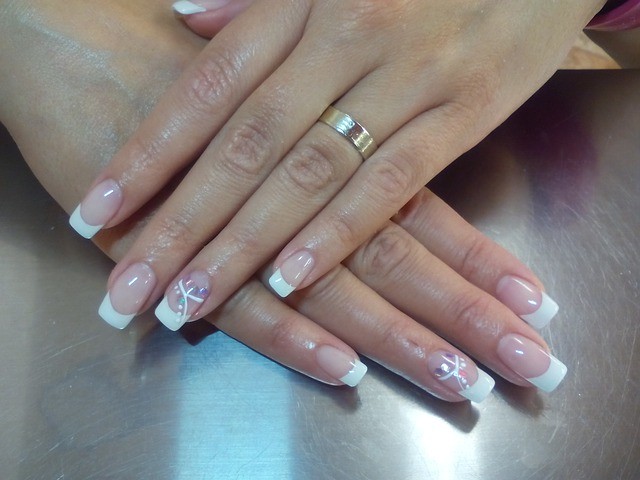
The History of Nail Art
The practice of nail art can be traced as far back as 5,000 B.C., when it was first recorded that Indian women wore fashionably colored fingertips with henna dyes and designs. This practice is still common today among Indian women as an important part of their culture.
In 3,000 B.C., women in China began the practice of using a complex lacquer to dye their fingernails as a symbol of being a member of the upper class. These formulas were crafted from all-natural ingredients, including beeswax and orchid petals, and often took several hours to dry properly and attain the right shade of red or pink. As time went on, it soon became fashionable for both men and women of the Chinese upper class to wear nail protectors crafted out of gold, silver, and jewels in a shape that resembled claws.
In Egypt, nail color was used to signify the different classes of society for both men and women. Darker hues signified members of the upper class, while pale hues indicated members of the lower classes. These colors were achieved through blending together all-natural ingredients and colored with plants, insects, and more.

During the Victorian age, nail art was frowned upon unless it was minimalistic in nature, keeping in line with the ideals of purity and inner beauty. Women would add a subtle tint to their nails with a brushing of red oil and a touch of shimmer with a tab of lemon juice or vinegar.
The 1920’s brought in the resurgence of nail art and the popularity of rich moody colors. The half moon manicure became the most popular way for women to wear their nails, with a dark crescent moon at the nail bed and a lighter hue for the rest of the nail. Rich burgundies and dark browns became increasingly popular with the flappers as the decade went on.
Nail polish and art as we know it came into existence in the 1930’s when Revlon came out with the idea of nail enamels rather than stains. The introduction of enamels offered new colors never seen before and made it more affordable than it had been before. This era also ushered in the first set of acrylic nails and the popularity of bright apple red.
The 1960’s had a softer more natural focus, bringing in the popularity of simple designs and pastel hued nail polishes. Women focused more so on their apparel and kept their nails neutral and unassuming.
The world-famous French manicure was first introduced in the mid 1970’s by celebrity manicurist Jeff Pink, forever changing the face of nail art. What first began as a quick-fix for the nails of the Hollywood elite became the most popular form of nail art to this day.
In the 1980’s, nail art took a vibrant turn towards neon hues, sparkles, and everything in between. Fake nails became even more popular and intricate patterns and wild color combinations became the height of fashion.
Nail art took a quick downward spiral in the 90’s, when the moody dark colors of the 1920’s came back into style. It became fashionable to wear chipped nails along with grunge apparel and many women resorted to using sharpies rather than polish to keep their nails colored.
The 2000’s ushered in another great change in the world of nail art with the inventions of gel nail polish and stick on nail art. With these innovations, many women began to skip the nail salons and create the intricate nail arts they’d been dreaming of in the comfort of their own home.
Nail Art Today
Although nail art has been said to be dying in popularity among the fashion elite during the past couple of years, it can still be seen on runways and everyday women alike. The current trends range from over-the-top to simple and chic and everywhere in between.

One trend that recently gained in popularity was the resurgence of bejeweled nails. Women would wear acrylic nails that would be coated in gel polish and decorated with jewels, stones, sequins, and more. Although these nails are not practical, they became increasingly popular due to Instagram.
On the other side, another more simple form of nail art that is gaining in popularity is that of a minimalist aesthetic. Often a single design is chosen, such as a colored line or geometric shape, and the base color is kept to a nude tone such as light pink or beige.
